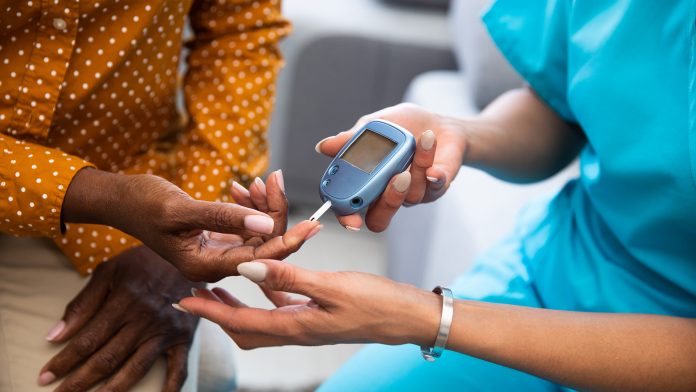
A new report highlights the worrying state of global access to insulin for diabetes care and finds that high prices, low availability of human insulin, few producers dominating the insulin market and weak health systems are the main barriers to universal access.
Insulin for diabetes treatment is essential for diagnosed individuals to manage their condition, reducing fatality rates, risk of kidney failure, blindness and limb amputation for people living with type 1 and type 2 diabetes.
“The scientists who discovered insulin 100 years ago refused to profit from their discovery and sold the patent for just one dollar,” said WHO Director-General, Dr Tedros Adhanom Ghebreyesus. “Unfortunately, that gesture of solidarity has been overtaken by a multi-billion-dollar business that has created vast access gaps. WHO is working with countries and manufacturers to close these gaps and expand access to this life-saving medicine for everyone who needs it.”
100 years since the discovery of insulin
One of out every two people needing insulin for type 2 diabetes does not have access to it. Diabetes cases are growing across low- and middle-income countries; however, insulin uptake is not. The report highlights that three in four people affected by type 2 diabetes live in countries outside of North America and Europe, but they account for less than 40% of the revenue from insulin sales.
To commemorate the 100th anniversary of the discovery of insulin, the World Health Organisation emphasises the main causes for gaps in global access to insulins are:
- Global market shift from human insulin to analogues (synthetic insulin). Human insulin has a low cost associated with its production and analogues is more costly. It can be up to three times more expensive in some countries and is as effective as the cheaper alternative, human insulin.
- The market is dominated by three multinational companies that own more than 90% of the insulin for diabetes treatment market.
- Suboptimal regulation and policies, including weak procurement and supply chain management, insufficient finance to cover demand, and suboptimal pharmaceutical pricing approaches.
- Insufficient health system capacity and infrastructure, including inadequate capacity for providing diabetes care and ensuring supply continuity and infrastructure for information management, supply management, and local production of insulins, are widespread challenges in lower-income countries.
- Research is for wealthy markets, neglecting the public health needs of low- and middle-income countries, which account for 80% of the diabetes burden.
The pricing structure reveals a lack of transparency in how prices are set, according to the report. For example, biosimilar insulins (essentially generic versions) could be more than 25% cheaper than the originator product, but many countries, including lower-income ones, are not benefitting from this potential saving.
Improving access to insulin for diabetes
Improving access to insulin for diabetes and related products is critical, and the new report outlines several actions that should be prioritised, such as:
- Boosting human insulin productions and supply and diversifying the manufacturing base for biosimilar analogue insulins to create competition and reduce prices.
- Regulating prices and mark-ups to ensure affordability, improve transparency in the way prices are set and use pooled procurement.
- Promote local manufacturing in capacity in under-served regions.
- Promote R&D centred on the needs of low- and middle-income countries,
- Ensure increased access to insulin is accompanied by prompt diagnosis, and access to affordable devices for blood sugar monitoring and insulin injections.
- Use health resources wisely by selecting human insulin where possible and allocate adequate funding to provide a full package of care.
WHO is addressing some of the barriers to the availability of insulin and related medicines and technologies through communication with business associations and manufacturers of these products.
The industry has now committed to several actions, including:
- Development of a policy blueprint for improving access to insulin.
- Participation in WHOs prequalification programme for insulin, glucose meters, test strips and diagnostic tools.
- Participation in international/UN pooled procurement or aggregated demand mechanisms once established.
- Participation in the reporting mechanism that WHO will use to register and publish contributions from the pharmaceutical and health technology industry.
The expansion of WHO’s prequalification programme to include glucose monitoring devices, test strips and diagnostic tools, and the inclusion of additional forms of insulin and other diabetes medicines in the latest update of the WHO Model Lists of Essential Medicines are expected to lead to improved access in countries where demand is currently unmet.

























